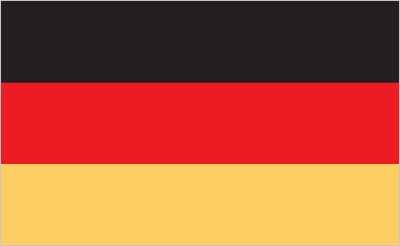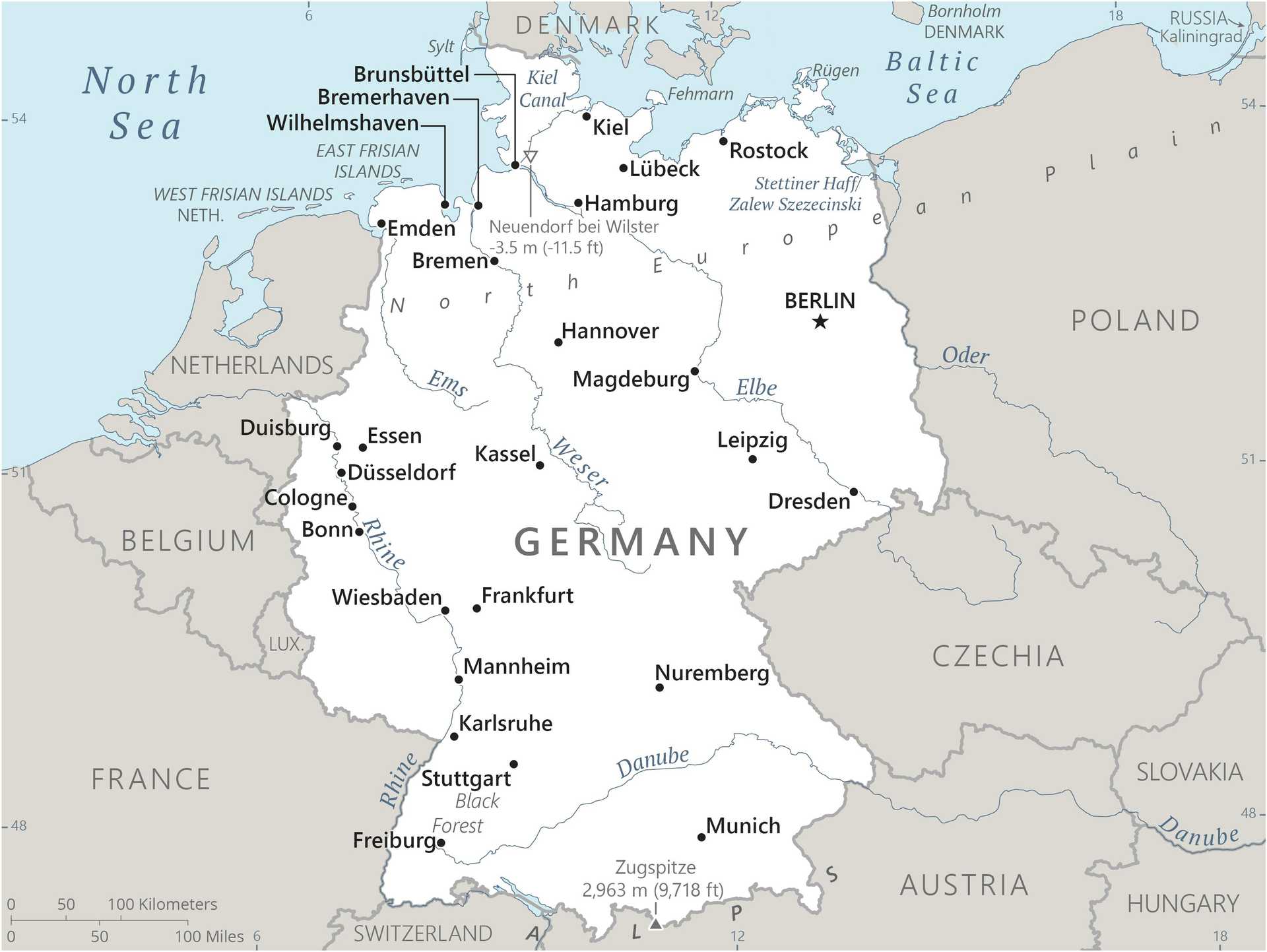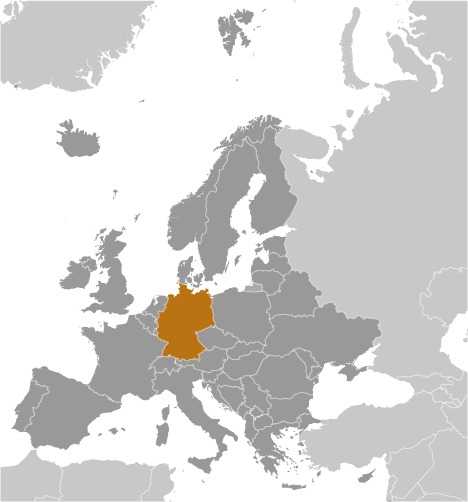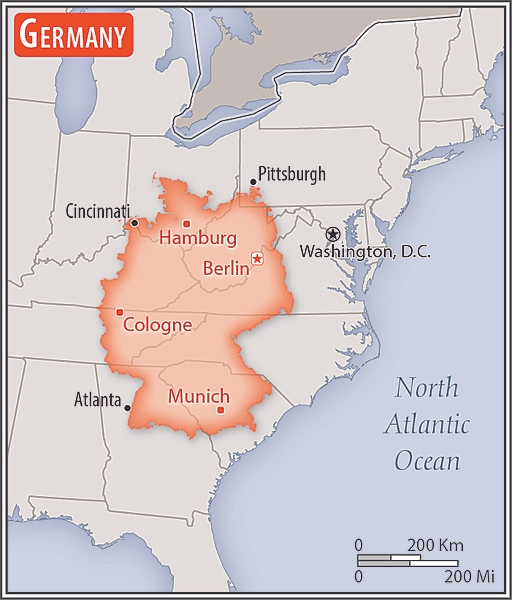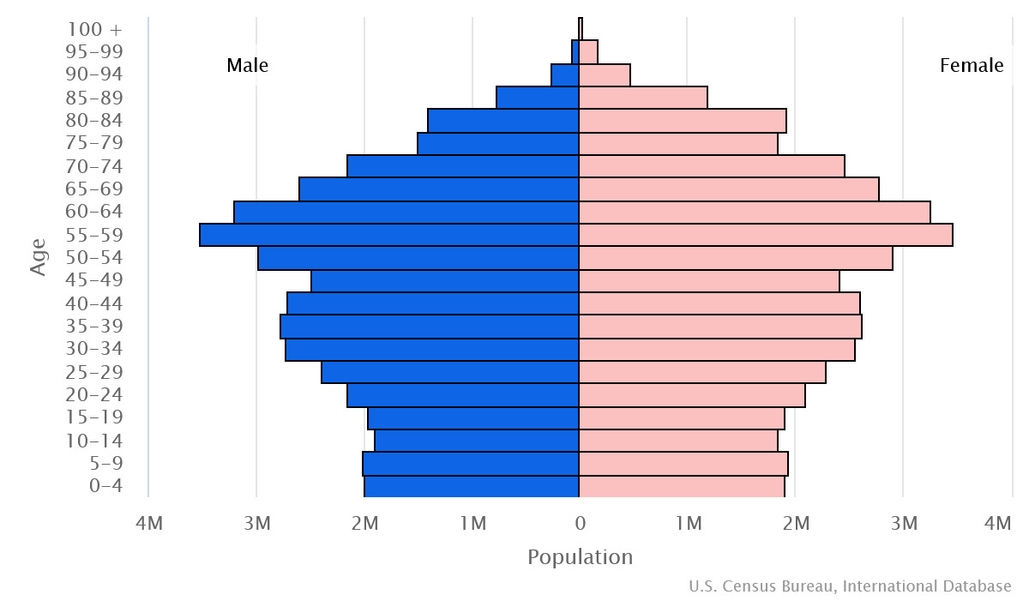Introduction
Visit the Definitions and Notes page to view a description of each topic.
Geography
People and Society
Population
comparison rankings: female 18; male 19; total 19
Languages
Median age
comparison ranking: total 9
Population growth rate
comparison ranking: 206
Birth rate
comparison ranking: 200
Death rate
comparison ranking: 15
Net migration rate
comparison ranking: 53
Maternal mortality ratio
comparison ranking: 175
Infant mortality rate
comparison ranking: total 206
Life expectancy at birth
comparison ranking: total population 38
Total fertility rate
comparison ranking: 190
Obesity - adult prevalence rate
comparison ranking: 79
Alcohol consumption per capita
comparison ranking: total 19
Tobacco use
comparison ranking: total 74
Children under the age of 5 years underweight
comparison ranking: 121
Education expenditures
comparison ranking: 89
Environment
Revenue from forest resources
comparison ranking: 137
Revenue from coal
comparison ranking: 44
Government
Economy
Real GDP (purchasing power parity)
comparison ranking: 6
Real GDP growth rate
comparison ranking: 192
Real GDP per capita
comparison ranking: 27
Inflation rate (consumer prices)
comparison ranking: 127
GDP - composition, by sector of origin
comparison rankings: services 70; industry 78; agriculture 195
Industrial production growth rate
comparison ranking: 176
Labor force
comparison ranking: 15
Unemployment rate
comparison ranking: 47
Youth unemployment rate (ages 15-24)
comparison ranking: total 168
Gini Index coefficient - distribution of family income
comparison ranking: 111
Public debt
comparison ranking: 66
Taxes and other revenues
comparison ranking: 173
Current account balance
comparison ranking: 1
Reserves of foreign exchange and gold
comparison ranking: 14
Energy
Electricity
comparison rankings: transmission/distribution losses 195; imports 3; exports 1; consumption 9; installed generating capacity 6
Carbon dioxide emissions
comparison ranking: total emissions 8
Energy consumption per capita
comparison ranking: 31
Communications
Telephones - fixed lines
comparison ranking: total subscriptions 4
Telephones - mobile cellular
comparison ranking: total subscriptions 16
Internet users
comparison ranking: total 11
Broadband - fixed subscriptions
comparison ranking: total 5
Transportation
Merchant marine
comparison ranking: total 38
Military and Security
Military expenditures
comparison ranking: 66

